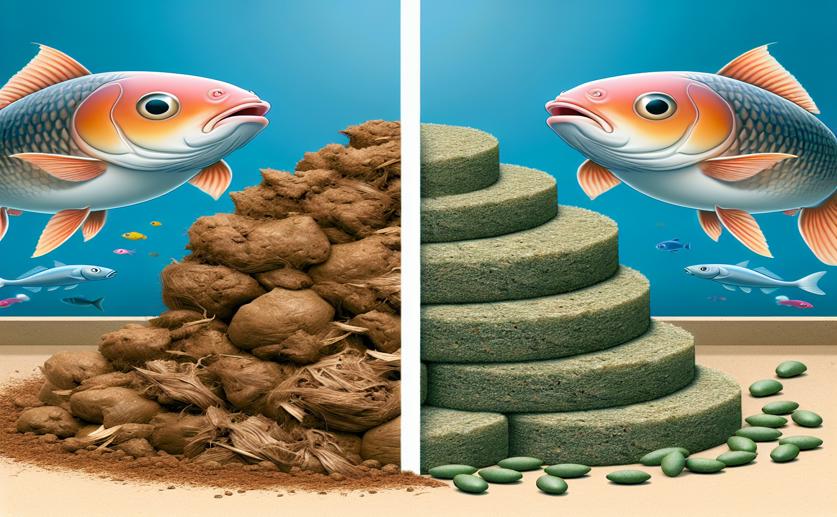
Turning Animal Waste into Fish Food: A Study on Two Fish Species
Jenn Hoskins
5th March, 2024

Image Source: Natural Science News, 2024
Key Findings
- In India, a study tested whey fermented protein as a fishmeal alternative for two fish species
- Optimal fishmeal replacement by this protein is 12.23% for carp and 40.02% for catfish
- Catfish, with stomachs, better utilize the fermented protein than stomach-less carp
AgricultureSustainabilityAnimal Science
References
Main Study
1) Recycling of animal protein wastes in the formulation of feed for Labeo rohita and Mystus vittatus-a comparative evaluation.
Published 2nd March, 2024
https://doi.org/10.1007/s11250-024-03910-6
Related Studies
2) Postprandial pattern of digestive enzymes and protein turnover in meagre (Argyrosomus regius) juveniles.
3) Characterization and Evaluation of Proteolysis Products during the Fermentation of Acid Whey and Fish Waste and Potential Applications.
4) Whey Utilization: Sustainable Uses and Environmental Approach.



 21st February, 2024 | Jim Crocker
21st February, 2024 | Jim Crocker